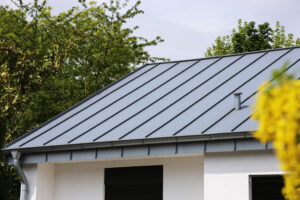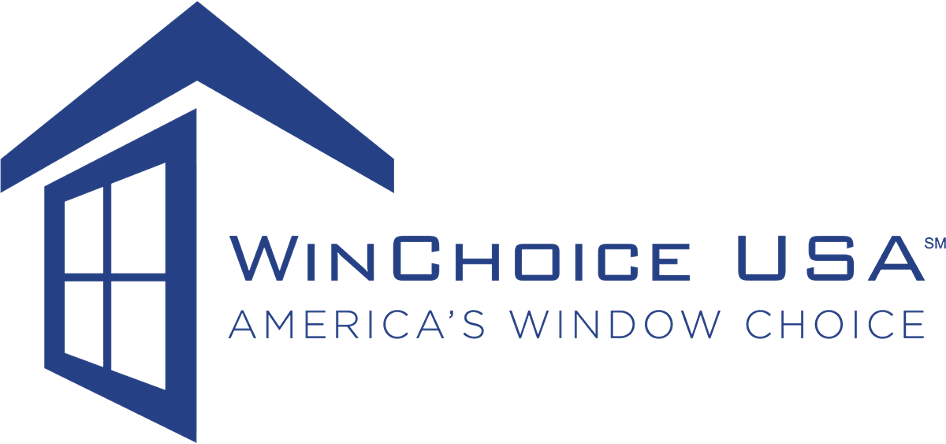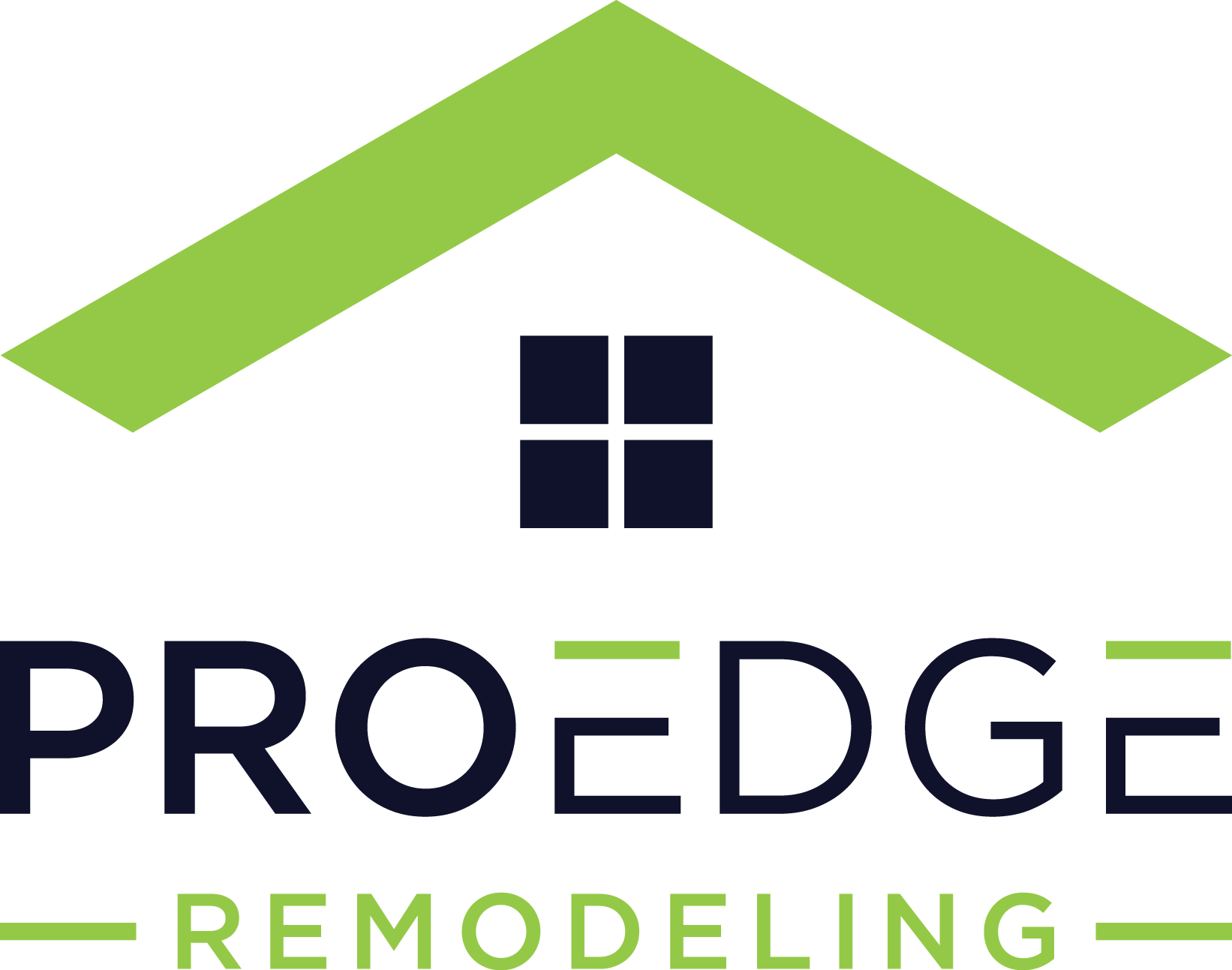Is a Metal Roof Cheaper than Shingles? The Real Cost Comparison

*Updated May 13th, 2025
When it comes time to replace your roof, you’re probably looking for something that won’t break the bank—but still holds up over time. Asphalt shingles have been the go-to choice for years, mainly because they’re affordable and easy to install. It’s no wonder you see them on just about every block.
But lately, metal roofing has been getting a lot more attention. Homeowners are starting to see it as more than just a sleek, modern upgrade—it’s also super durable and might actually save you money in the long run. So the big question becomes: is a metal roof really more cost-effective than shingles when you look beyond the upfront price? Let’s break it down and see which option gives you more bang for your buck over time.
1. Upfront Cost Differences
On average, a metal roof costs $6-12 per square foot installed compared to $3-7 per square foot for most asphalt shingles. There are premium architectural shingles that run $7-10 per square foot but offer better durability than the baseline options.
Clearly metal roofing requires a higher initial investment. A 30-square (3,000 sq.ft) roof would run around $12,000-18,000 for metal compared to $9,000-21,000 for shingles.
2. Lifespan Differences
But metal roofs have an exceptionally longer lifespan —generally 2-3 times longer than asphalt. Most steel or aluminum roofs last 40-70 years, while most shingles last 12-25 years before needing full replacement (premium architectural shingles may last 35+ years).
So while metal roofing costs more upfront, fewer re-roofings are needed over the years.
Let’s break down cost over a 60-year period on that same 3,000 sq.ft. roof:
Asphalt Shingles:
- Installs: 3 (every 20 years at $21,000 per install)
- Cost over 60 years = $63,000
Metal roof:
- Installs: 1 (lasting 60+ years at $18,000)
- Cost over 60 years = $18,000
Measured this way, metal roofing can save tens of thousands over the lifetime of your home!
3. Energy Efficiency and Durability
There is also the energy efficiency factor of metal roofs to consider. Their reflective properties result in a cooler attic and lower air conditioning bills in warm climates. These savings over 20-30 years can amount to thousands.
Durability also sets metal roofs apart. While hail storms or falling branches can easily damage asphalt shingles, most metal roofs brush off the impact while staying watertight. Home insurance discounts are common for houses with metal roofing thanks to their resilience. Any discount amount further tips cost-effectiveness scales towards metal roofing.
4. Installation Considerations
On many homes, installing metal roofing is a bigger job. It often requires plywood decking material, additional framing, and closer attention to detail around flashing and roof penetrations like vents. Combined with higher material costs, this substantial labor expense is why metal roof installation runs 50-100% more than shingles.
But for simple, sloped ranch homes or bungalow styles with clean lines, metal roofing may only be moderately more difficult to install than asphalt, somewhat lessening the upcharge.
5. Getting the Right Combination of Affordability and Quality
In the roofing world, there is truth to the old adage “you get what you pay for”. While inexpensive at the outset, replacing shingle roofs every couple decades is no small expense either when you add it up.
Opting for a quality standing seam metal roof might cost you more today, but it frees you from the endless cycle of re-roofing while saving energy and providing peace of mind that your home and belongings stay protected in harsh weather.
Like your wise old grandpa probably said, “You’re never actually saving money if you have to keep buying the same cheap thing over and over again”. In roofing, that cheap thing is asphalt shingles.
Yes, metal does cost more upfront. But minor energy bill savings and huge lifecycle savings make it very economical long-term. Lower repair costs and better curb appeal don’t hurt either.
So while metal roofing requires more thought and planning, for most homes, the choice is clear if you intend to stay put for 20+ years. Think of the long game, opt for quality, and choose metal over shingles.
6. Regional Considerations
Where you live plays a huge role in which roofing material is the smartest choice. What works beautifully in Arizona might be a total disaster in Maine. So before you commit to metal or shingles, it’s worth thinking about how your local climate, weather patterns, and even neighborhood rules might affect your decision.
Metal Roofs in Tough Climates
Metal roofs really shine (literally and figuratively) in extreme environments. If you live in a hot, sunny region—like the Southwest or parts of the Southeast—metal’s reflective surface can help bounce heat away from your home and keep your attic cooler. That can translate into lower air conditioning bills, especially during brutal summer months.
In snowy areas? Metal roofs are a favorite. The slick surface helps snow slide right off instead of piling up and weighing down your roof. Plus, you won’t have to worry as much about ice dams, which can wreak havoc on traditional shingle roofs.
And if you live near the coast, metal can be a solid choice, too. Look for aluminum or specially coated steel that resists salt air and corrosion better than basic materials. Bonus: many metal roofs are also rated for high winds, which is ideal for hurricane-prone zones.
How Asphalt Shingles Hold Up in Different Regions
Asphalt shingles are pretty versatile, but they do have some weaknesses in certain climates. In places with heavy rainfall or high humidity (like the Southeast), they can be prone to algae growth and curling over time. You’ll need algae-resistant shingles—or a lot of patience with black streaks on your roof.
In cold climates, shingles generally do fine as long as they’re installed properly and your attic is well-ventilated. But over time, freeze-thaw cycles can lead to cracking and granule loss. Also, snow and ice can sit on shingles a lot longer than metal, so you may need to do more winter roof maintenance.
Don’t Forget Local Building Codes and HOA Rules
Before you fall in love with a roofing material, it’s smart to check your local building codes and HOA guidelines (if you’re in a neighborhood with one). Some communities restrict the use of metal roofing because of reflectivity or appearance—even though today’s styles are much more stylish and subtle than the old-school barn look.
And local building codes? They can dictate everything from fire ratings to wind resistance requirements—especially in places that deal with wildfires, hurricanes, or frequent storms.
7. Visual Appeal and Curb Appeal
Let’s be honest—looks matter. While durability and price are super important, most homeowners also want a roof that looks great. After all, your roof makes up a huge part of what people see when they pull up to your house. Whether you’re planning to stay for the long haul or thinking about resale down the road, curb appeal counts.
Color and Finish Options
Both asphalt shingles and metal roofs come in a surprisingly wide variety of colors, but the finishes and overall vibe are pretty different.
-
Asphalt shingles offer plenty of color options—grays, browns, reds, even blues—and they tend to have a textured, matte look that blends in well with traditional neighborhoods.
-
Metal roofs, on the other hand, can be sleek and modern or rustic and rugged depending on the style you choose. Standing seam panels come in bold or muted tones and can have glossy, satin, or even matte finishes. Some metal options are designed to mimic the look of shingles, slate, or even wood shakes—so you can get a totally different aesthetic without sacrificing durability.
Modern vs. Traditional Curb Appeal
If you’re going for a classic, traditional look—especially if you live in a historic area or a neighborhood full of colonial or craftsman-style homes—shingles usually blend in better. They’re familiar and safe, and in some cases, they’re even required by your HOA.
But if you’re into clean lines, bold architecture, or farmhouse-chic design, a metal roof can seriously elevate your home’s exterior. It gives off a high-end, custom-built feel and can really make your home stand out—in a good way.
Impact on Resale and First Impressions
A good-looking roof isn’t just about impressing your neighbors. If you’re planning to sell at some point, that visual appeal can pay off in real dollars. Buyers often judge a home by its exterior before they even step inside, and a fresh, stylish roof can be a major selling point.
Even better? A metal roof can actually add value to your home thanks to its long lifespan, energy efficiency, and “low maintenance” reputation. Some buyers will see it as a bonus they won’t have to deal with for decades—whereas a worn-out shingle roof might turn them off or become a negotiation point.
Conclusion
So, is a metal roof cheaper than shingles? Well, it depends on how you look at it. If you’re focused strictly on upfront cost, asphalt shingles are definitely the more budget-friendly choice. But if you’re thinking long-term—factoring in things like durability, energy efficiency, and how often you’ll need to replace your roof—metal can actually come out ahead.
At the end of the day, the right choice comes down to your budget, your plans for the home, and how much maintenance you’re willing to deal with. If you’re staying put for a while and want something that lasts, metal might be worth the investment. But if you’re looking for something quick, affordable, and still reliable, shingles are a solid option.
Whatever route you go, just make sure you’re comparing more than just the price tag. A roof is a big investment, and choosing the right material can make a big difference down the road.
Additional Roofing Resources
- 10 Secrets for Extending Your Roof’s Life
- 6 Signs of Roof Damage
- What Should You Have in Your Roofing Contract?

Anna has over six years of experience in the home services and journalism industries and serves as the Content Manager at MyHomePros.com, specializing in making complex home improvement topics like HVAC, roofing, and plumbing accessible to all. With a bachelor’s degree in journalism from Auburn University, she excels in crafting localized, comprehensive guides that cater to homeowners’ unique needs. Living on both coasts of the United States has equipped her with a distinctive perspective, fueling her passion for turning any house into a cherished home through informed, personalized decision-making.








